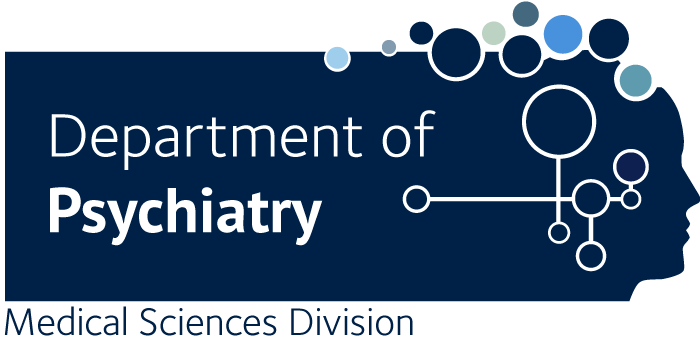Depressive and Negative Symptoms in the Early and Established Stages of Schizophrenia: Integrating Structural Brain Alterations, Cognitive Performance, and Plasma Interleukin 6 Levels
Corsi-Zuelli F., Donohoe G., Griffiths SL., Del-Ben CM., Watson AJ., Burke T., Lalousis PA., McKernan D., Morris D., Kelly J., McDonald C., Patlola SR., Pariante C., Barnes NM., Khandaker GM., Suckling J., Deakin B., Upthegrove R., Dauvermann MR.
Background: Depressive and negative symptoms are related to poor functional outcomes in schizophrenia. Cognitive deficits, reduced brain cortical thickness and volumes, and inflammation may contribute to depressive and negative symptoms, but pharmacological treatment and disease progression may confound the associations. Methods: We evaluated whether higher plasma interleukin 6 (IL-6) levels would be associated with more severe negative or depressive symptoms in schizophrenia and explored illness stage utilizing early (BeneMin [Benefit of Minocycline on Negative Symptoms of Psychosis: Extent and Mechanism], n = 201, 72.8% male) and established (iRELATE [Immune Response & Social Cognition in Schizophrenia], n = 94, 67.3% male) schizophrenia cohorts. Using structural equation modeling in a subsample (iRELATE: n = 42, 69.0% male; BeneMin: n = 102, 76.5% male) with data on structural brain metrics (cortical thickness and volume), general cognitive performance, and plasma IL-6 levels, we assessed the interrelationships between these variables on depressive and negative symptom severity in early and established schizophrenia samples combined and in early schizophrenia only. All analyses were adjusted for sex, age, and chlorpromazine equivalent dose. Results: Higher plasma IL-6 levels were related to more severe depressive symptoms in early schizophrenia (p < .05) and negative symptoms in established schizophrenia (p < .05). Structural equation modeling findings in early and established schizophrenia samples combined and early schizophrenia only showed that the interrelationship between higher plasma IL-6 levels, structural brain metrics, and general cognitive performance did not predict the severity of depressive and negative symptoms (p > .05). Higher plasma IL-6 levels and lower general cognitive performance were associated with reduced brain metrics (p < .05). Conclusions: Our results indicate that higher plasma IL-6 levels may be differently associated with the severity of depressive and negative symptoms dependent on the illness stage. Future work identifying elevated levels of inflammation in larger samples may allow stratification and personalized intervention by subgroups who are at risk of poor outcomes.

